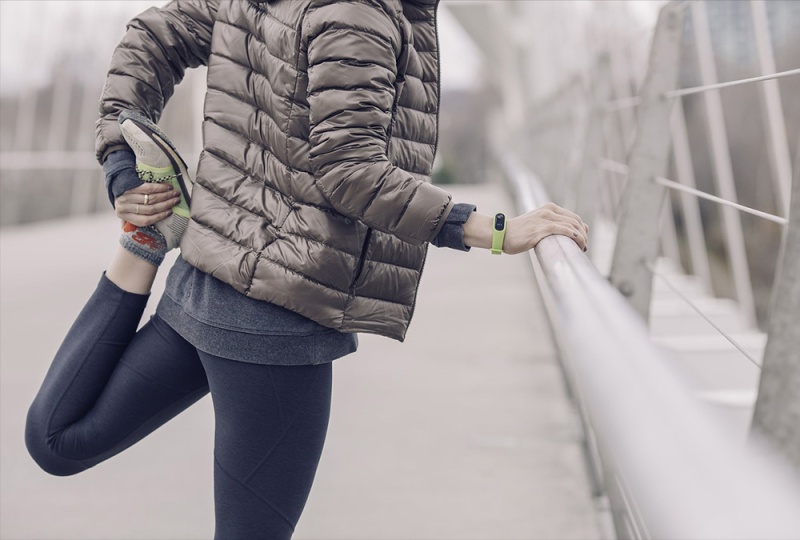What is a Muscle Cramp
Muscle cramps happen when a muscle involuntarily contracts on its own. Usually, you feel a hard lump at the point of pain — that’s the contracted muscle. You’ll know if you’ve had it! Cramps usually occur for a reason. If you haven’t strained a muscle, you’re probably cramping because you’re muscle is fatigued or overused.
How can i prevent a Muscle Cramp
Conventional wisdom says that your muscles cramp because you are dehydrated. But a study in the Journal of Sports Science found no difference in electrolyte or hydration levels between marathoners who cramped or didn’t cramp during a race. "We now think cramps occur when the Golgi tendon—a part of your muscle that reduces muscular tension—stops functioning mid-exercise, which causes surrounding muscles to over fire and then seize up.” The reason your tension-governing Golgi tendon shuts down? Because you overworked it, usually by running or riding significantly harder than your body is used to. So to stop your mucle cramps, don’t run a race at a pace significantly faster than the top speed you trained at. Your calves and hamstrings are most susceptible to cramps, so keep the following two stretches in mind before your next workout.
Wall Calf Stretch
Stand facing a wall. Place your toes up into the wall as high as you can, your heel on the floor. Now lean into the wall, feeling the stretch in your calf. Breathe out, leaning into the stretch. No wall? Perform this stretch with your toes on a curb.
Standing Hamstring Stretch
Stand with your feet hip width, a slight bend in your knees. Push your hips back and keep your back straight as you bend over and try to touch your toes. You should feel the stretch in your hamstrings—breathe out leaning into it.

